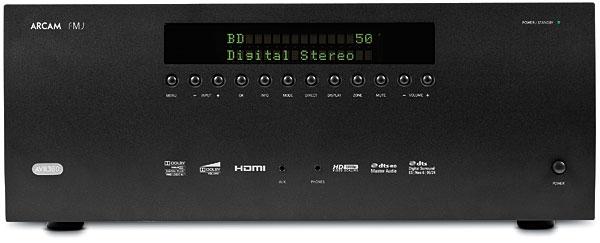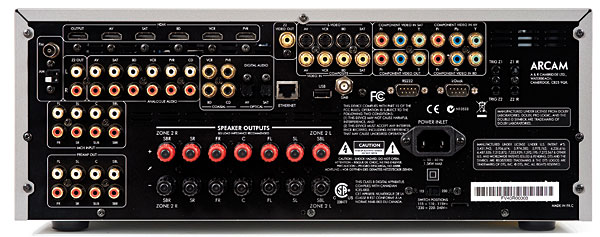sigh. Sorry, but this reeks of yet another canned "boutique" avr review.
You know the ones: generally AVR's priced at $2k+ (although this one's a bargain at $1800) that "feature" neutered connectivity, a scant number of (useful) features, handicapped useability/versatility and many times, poor to abysmal video processing ...all in the name of "better sound" and "real power".
Sheesh.
First, a "real" 75-100 watts and and an "overstated" 120 are really non-starters when you understand that you need the twice the power for 3 decibels of output. Sorry, that's just irrefutable, empirical science.
So then, it's beyond silly to start touting one avr over another for a handful of "honest watts".
Now, this "better/improved sound". Describe it for me. Can it be discerned through an ABX?
At this point, good luck proving/finding differences between D/A chips and properly operating solid state amplifiers running below clipping. They simply do not exist and the vast majority of serious hobbyists know it.
All we're really left with are room correction/EQ systems and all of them (that I've heard, anyway) are excellent with only slight variances that most would be hard-pressed to note, never mind dish out gobs of extra coin for- especially in lieu of the aforementioned benefits that so many (99+%) purchase one for in the first place. Perhaps that's one of the reasons so many of these outfits are suffering so deeply or have disappeared altogether.
Go figure.
I truly wish these Arcams, NADs, Anthems, etc would be fairly judged against the Onkyo, Denons, and Yamahas of the AV world, but I realize it will never happen.
Like those praising the virtues of $10,000 speaker cable, there will always exist a faction within this hobby (although thankfully, most times, to much less foolish lengths) that will perpetually- albeit clandestinely- correlate a product's quality to not only its price tag, but worse, the "uniqueness" of its logo. And that's a real shame for the serious enthusiast, but worse still for the casual A/V joe six-pack who can easily be terribly misled by such nonsense.
double sigh.








































































